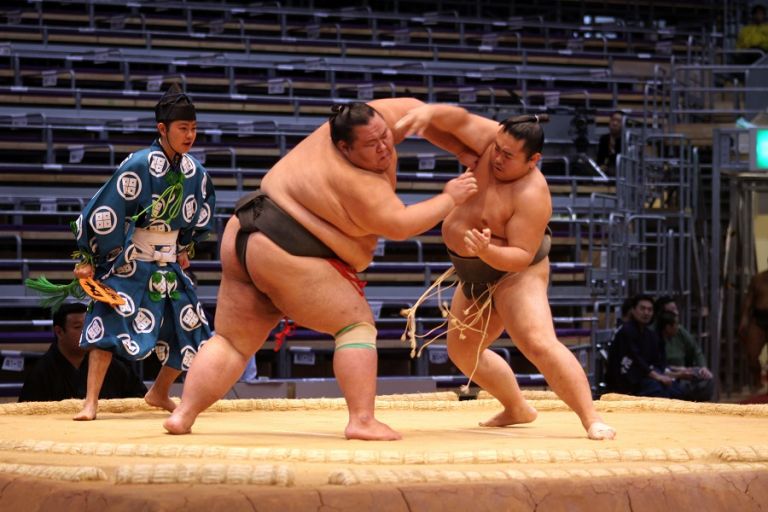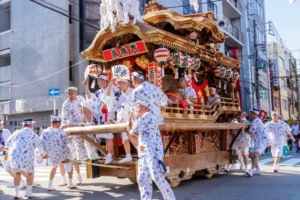
Sumo is one of the most iconic traditional sports in Japan. Known for its powerful athletes, sacred rituals, and dramatic matches, sumo represents a unique blend of athletic competition and cultural heritage. Although it has evolved over time, sumo remains deeply respected and continues to attract fans from around the world.
What Is Sumo?
Sumo is a traditional Japanese wrestling sport where two wrestlers, called rikishi, compete inside a circular ring known as the dohyo. The goal is simple. A wrestler wins by forcing the opponent out of the ring or making any part of the opponent’s body other than the soles of the feet touch the ground.
While the rules may seem straightforward, sumo is deeply connected to ancient Japanese beliefs and ceremonial practices.
The History of Sumo
Sumo has existed in Japan for over a thousand years. It originally began as a ritual performed at Shinto shrines to entertain the gods and pray for a good harvest. Over time, it developed into a form of entertainment for the imperial court and later became a structured sport with formal rankings and tournaments.
Modern sumo tournaments, held six times a year, still preserve many ancient traditions. These include pre match rituals, traditional clothing, and the use of salt to purify the dohyo.
The Rituals and Symbolism of Sumo
Sumo is known for its powerful symbolism and spiritual elements. Some of the most important aspects include:
The Dohyo
The wrestling ring is made from clay and covered with sand. It represents a sacred space where the match becomes a ritual as well as a sport.
The Salt Toss
Wrestlers purify the ring by throwing salt before the match. This tradition comes from ancient Shinto beliefs about cleansing and protection from evil.
The Stare Down
Before the match begins, rikishi face each other in an intense moment known for its psychological strength and focus.
The Mawashi
This is the belt worn by the wrestlers. It is wrapped in a traditional manner that reflects centuries of sumo culture.
The Life of a Rikishi
Sumo wrestlers live in training stables where they follow strict routines. Their daily life includes intensive training, large meals such as chanko nabe, and a hierarchy based on rank. Discipline, respect, and dedication are core values of the sumo lifestyle.
Only the most skilled wrestlers reach the top division known as makuuchi, and the highest possible rank is yokozuna, which is granted only to athletes who demonstrate exceptional strength and dignity.
Sumo Today
Although sumo is rooted in ancient tradition, it continues to grow in popularity. Athletes from different countries now compete in professional sumo, bringing a global audience to the sport. Tournaments are broadcast internationally, and visitors to Japan often attend matches to witness this cultural tradition firsthand.
Despite modern changes, sumo remains a symbol of Japanese identity. Its rituals, discipline, and respect for tradition make it a meaningful cultural treasure.
Sumo is more than a competitive sport. It is a window into Japan’s history, spirituality, and values. From the powerful clashes inside the dohyo to the sacred rituals that frame every match, sumo offers a unique experience that blends athletic skill with cultural depth. Whether you are a sports fan or a cultural enthusiast, sumo provides a fascinating perspective on one of Japan’s oldest traditions.





